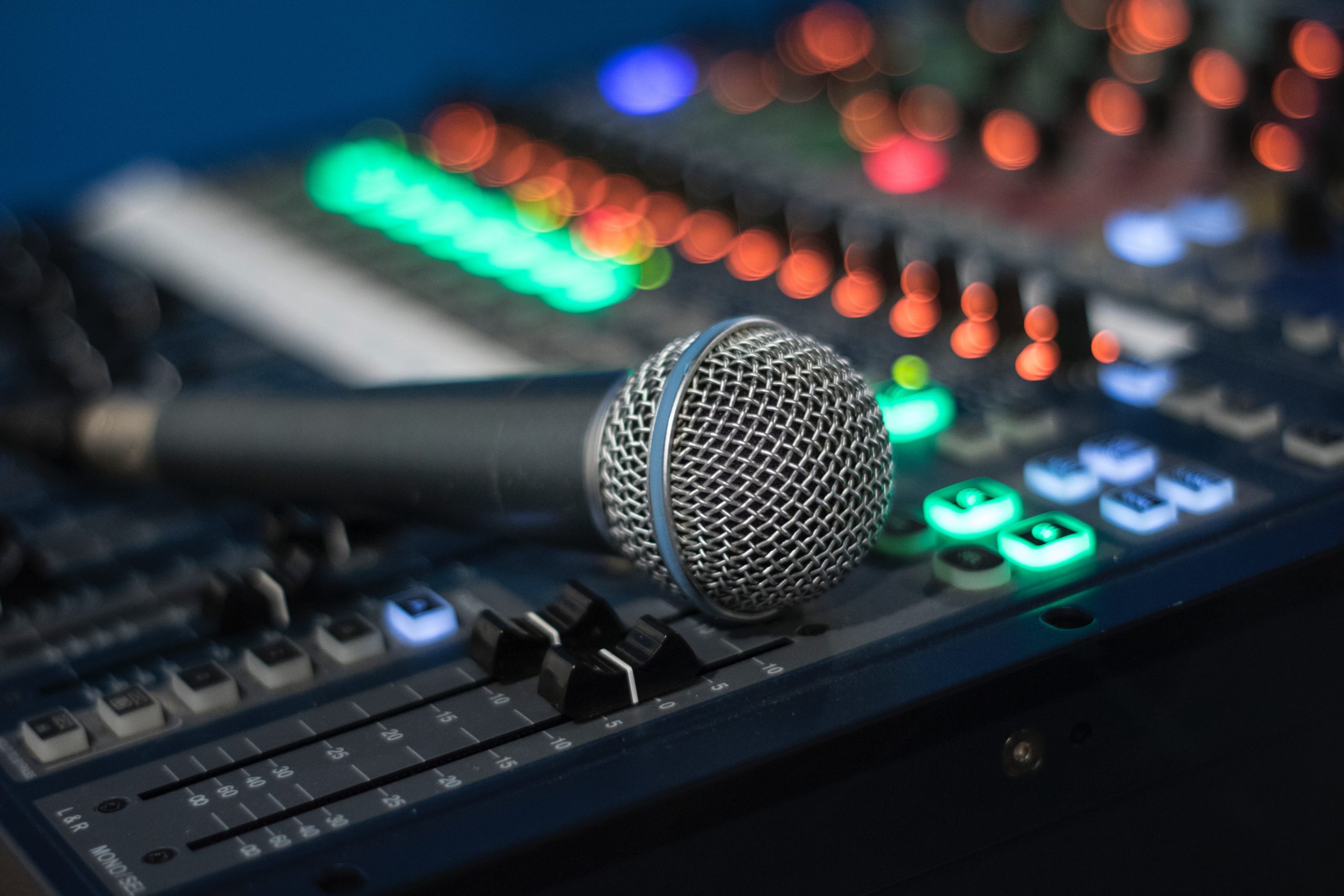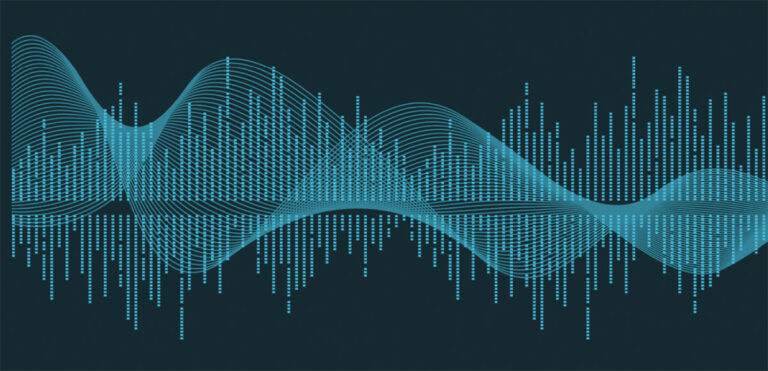Sonic branding as a discipline is still consolidating its vocabulary. For example, in 2017, I co-authored a book called “Audio Branding,” but now I use the phrase “sonic branding” for the practical reason that it is the term most commonly used in recent RFPs. Here are some of the words we use at Sixième Son in the U.S. and Canada.
Written by Colleen Fahey, Managing Director, US
Sonic Branding
This is how your brand sounds to the world. You want people to recognize your sonic brand no matter where they hear it—whether their eyes are open or closed, whether they’re listening to a radio spot, shopping at one of your locations, waiting on hold with your customer service center, or watching a how-to video. To achieve this goal, you must deploy a system of sound, music, and voice that conveys the essence of the brand at each touchpoint. It should be managed so that your stores, ads, service lines, and customer support don’t sound like four completely different brands. Sonic branding has also been called audio branding, music branding, sound branding, and acoustic branding. The jury is still out on which term will dominate, but my guess is “sonic branding.”
Sonic DNA
A short, original composition—under one minute—that captures the values, personality, and core essence of the brand. It defines the musical vocabulary of instruments, tempo, melody, and textures that the brand will use across multiple audio touchpoints. It’s essentially your brand’s musical blueprint.
Sonic Logo
The hardest-working part of your Sonic DNA, this is the sound that appears at the end of every piece of communication. It can stand alone and serves as the perfect partner to your visual logo. You might also hear the term “mnemonic” used to describe these short, 2- to 3-second sounds, but the original meaning of “mnemonic” refers to memory, not meaning, which we feel weakens its descriptive power. Another term, “sting,” suggests a purely attention-grabbing role, but a logo is more than that. It conveys brand values and personality while also serving as a recognizable sonic signature.
Sonic Style Guide
This document catalogs all the elements in your sonic library that are based on your Sonic DNA—it provides the “rules of the road.” Some style guides are interactive, allowing employees, partners, and agencies to hear samples of each element.
Sonic Touchpoints
These are the many points of employee and customer contact that incorporate audio, creating opportunities for meaningful brand experiences. A shared audio identity unifies them, and their cumulative effect on brand coherence is greater than the sum of their parts.
Branded Content
Just as TV and radio shows have recognizable intros, on-brand musical interstitials, and memorable outros, branded content benefits from consistent sonic elements. This helps audiences associate the content with your brand without the need for repetitive verbal reminders.
Customer Service Line
Branded music for pre-pickup and on-hold experiences ensures that callers engage with your brand sonically while they wait. Done well, it can even discourage callers from hanging up. Sometimes, these experiences also include ambient sounds and scripted voice recordings that reinforce the brand’s personality. Since callers reach out for various reasons—from reporting a loss to handling tax inquiries or simply seeking information—the music should be adapted to meet their needs, whether that means being soothing, steadying, or diverting.
Meetings and Events
Meetings present a chance to subtly immerse employees and guests in your brand’s sound. As attendees arrive or join virtually, they may hear anticipatory background music. Later, more energetic music signals the start of the event. A further rise in energy introduces key speakers, while branded musical transitions cue changes between segments. Finally, exit music ensures attendees leave still feeling the event’s emotional impact.
Environmental Sound Design
This refers to soundscapes for physical spaces like malls, spas, airports, or expos, where music and sound shape the visitor experience. The soundscape might aim to make the audience feel comfortable, relaxed, awestruck, or amused. If you already have a sonic brand, you can weave elements of it into the ambient sound environment.
Licensed Music
Typically, this is music that has been created for entertainment purposes rather than for branding. To use it on behalf of a brand, you have to pay a licensing fee. One thing that prudent marketers must also do when using licensed music is ensure that competitors aren’t using that same piece as well. You can use licensed music even if you have a sonic brand, but you’ll probably use it less, because it doesn’t add to your brand equity. You can ask your sonic branding agency to create a tiny transition – possibly an atonal one – to bridge you out of the licensed music and into your sonic logo, or you can leave a small silence between the licensed piece and the sonic logo. Normally, we’d recommend scoring the communication with a composition based on your own Sonic DNA.
All of these aspects together combine to make up your brand’s overall sonic identity.
The bad news about your sonic identity is that you have one whether you design it or not. If you don’t manage it, your how-to videos may play generic needle-drop music, your TV commercials may feature 80’s pop and your customer service line may be driving callers mad with a repetitive short loop.
When you’re assessing your brand with your ears, the phrases above can help you direct your attention. We hope this glossary will help guide you to hear your brand to its fullest.
Photo by Michael Maasen on Unsplash




